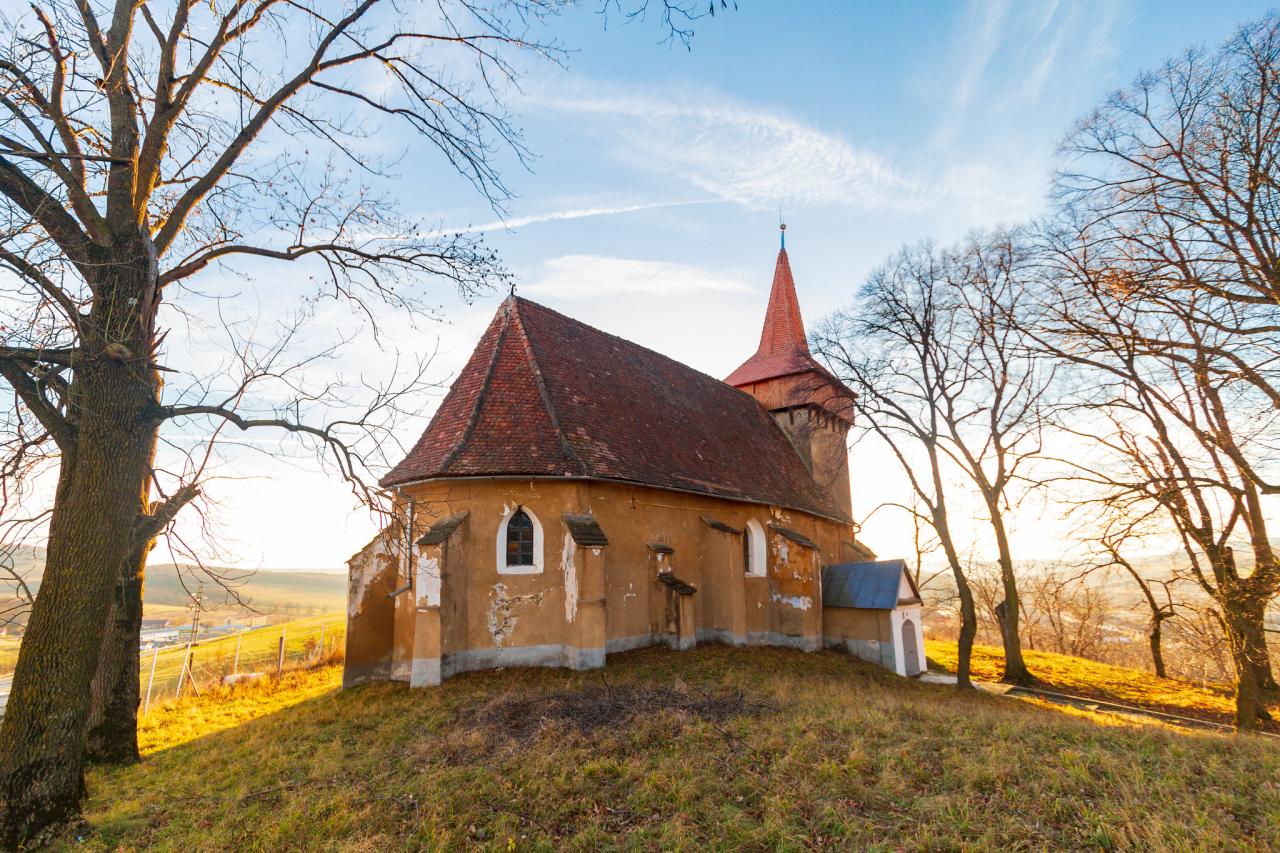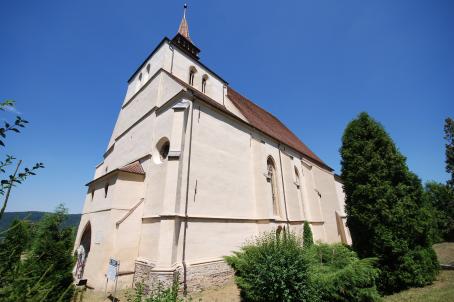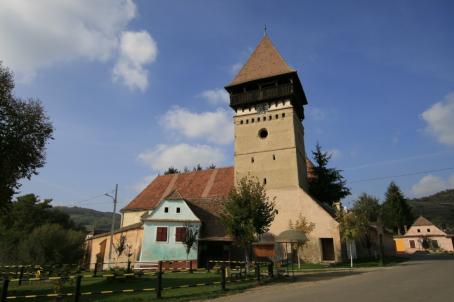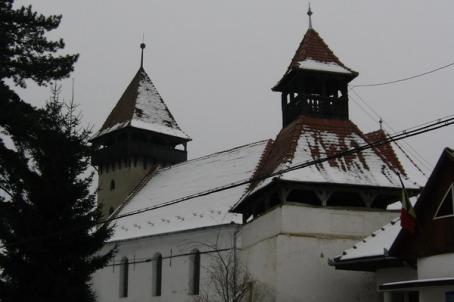Hetiur Fortified Church

Inside the small village a hall church was erected in the 15th century, its chancel being closed by a polygonal construction. A tower with defence level and spire was built on the western side of the today standing Gothic church. As suggested by the buttresses, the interior of the church was most probably covered with vaults, which were later on replaced by a flat ceiling. Only ruins are preserved from the defence wall. Inside the church the valuable works of two well known masters from Sighişoara can be admired: an altar built in 1789 by Johannes Folberth, and above it an organ with late Baroque prospectus that Samuel Binder built in 1850
About this building
For more information visit on this building visit https://kirchenburgen.org/en/location/marienburg-hetiur/





